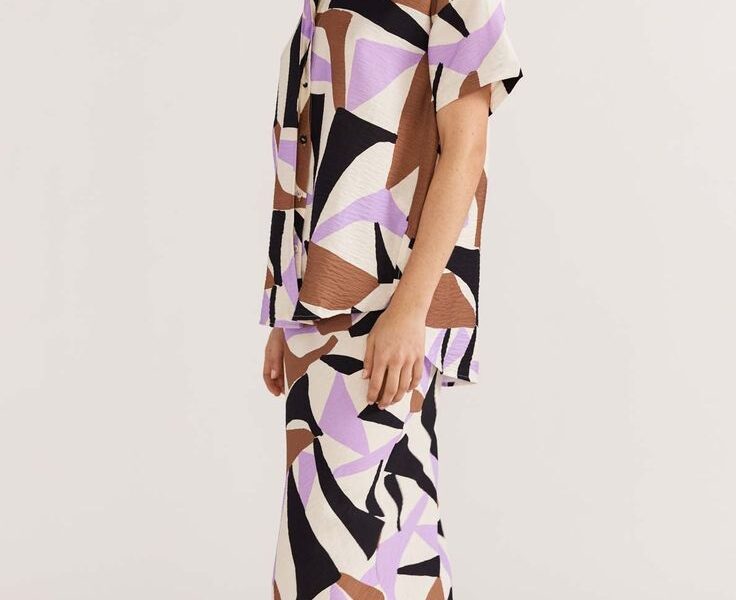The business of fashion is a global powerhouse that merges creativity, commerce, and culture into one dynamic industry. It’s not just about designing clothes—it’s about creating lifestyles, shaping identities, and driving economic growth across continents. From haute couture runways in Paris to mass-market retailers in Asia, fashion fuels an ecosystem worth trillions of dollars annually. At its core, the business of fashion thrives on innovation, branding, and consumer engagement.
Fashion operates as both an art and an enterprise. Designers express their vision through fabric and form, while businesses transform that creativity into profitable ventures. Fashion houses invest heavily in market research, digital presence, and production efficiency to stay relevant in an ever-evolving landscape. The rise of e-commerce has redefined shopping habits, making fashion more accessible to global audiences. Social media, influencers, and digital campaigns have further revolutionized how fashion is marketed and consumed.
The financial engine of fashion includes everything from luxury labels and boutique brands to fast fashion empires. Supply chains, manufacturing ethics, and sustainability have become central to discussions about how fashion impacts the environment and society. The modern fashion business also relies on data analytics, artificial intelligence, and trend forecasting to predict consumer preferences. Ultimately, the business of fashion is a delicate balance between creativity and capitalism, where vision meets value and artistry meets analytics.
Luxury Brands and Fast Fashion
Luxury brands and fast fashion represent two ends of the fashion spectrum, yet both dominate the global market in powerful ways. Luxury brands like Chanel, Gucci, and Louis Vuitton thrive on exclusivity, heritage, and craftsmanship. Their products are not merely garments—they’re symbols of status, refinement, and aspiration. These brands invest heavily in storytelling, celebrity endorsements, and high-end materials to justify their premium prices. The allure of luxury lies in its promise of rarity and quality, creating emotional connections with consumers who seek distinction.
In contrast, fast fashion brands such as Zara, H&M, and Shein prioritize speed, affordability, and accessibility. Their business models depend on rapidly producing runway-inspired trends for the masses. Fast fashion democratizes style, allowing anyone to dress fashionably without breaking the bank. However, it also raises concerns about environmental degradation, exploitative labor, and overconsumption. The constant cycle of production and disposal has pushed the industry to re-evaluate its ethics.
Interestingly, luxury and fast fashion often intersect. Some luxury brands have adopted faster production cycles, while fast fashion companies borrow branding cues from high-end labels. Collaborations between these two worlds—like H&M x Balmain—blur the lines even further. Together, they reflect the dual nature of modern fashion: one driven by aspiration, the other by accessibility, both essential to understanding the business of fashion today.
Fashion Marketing and Global Reach
Fashion marketing plays a pivotal role in shaping consumer perception and expanding the industry’s global reach. It is the bridge between designers and their audiences, turning creativity into commerce. In today’s digital-first era, fashion marketing relies heavily on storytelling, visuals, and technology. Campaigns are no longer confined to glossy magazine pages—they unfold on social media platforms, influencer collaborations, and immersive brand experiences. Instagram, TikTok, and YouTube have become fashion’s new runways, where trends are born and brands gain instant visibility.
Globalization has transformed how fashion is marketed and consumed. International markets like China, India, and the Middle East have emerged as key players in fashion’s expansion, leading brands to tailor campaigns for diverse cultures and preferences. Luxury houses host global fashion weeks and pop-up stores, while e-commerce platforms allow shoppers worldwide to access their favorite designers instantly.
Data-driven marketing is another defining feature of the modern fashion industry. Brands use consumer insights, purchase histories, and AI algorithms to predict trends and personalize shopping experiences. Sustainability and social responsibility have also become marketing focal points, as consumers increasingly demand transparency and ethical practices.
In essence, fashion marketing is no longer about selling clothes—it’s about selling stories, values, and visions. By blending art, culture, and commerce, marketing ensures that fashion remains not just an industry, but a global cultural phenomenon that connects people through style.


